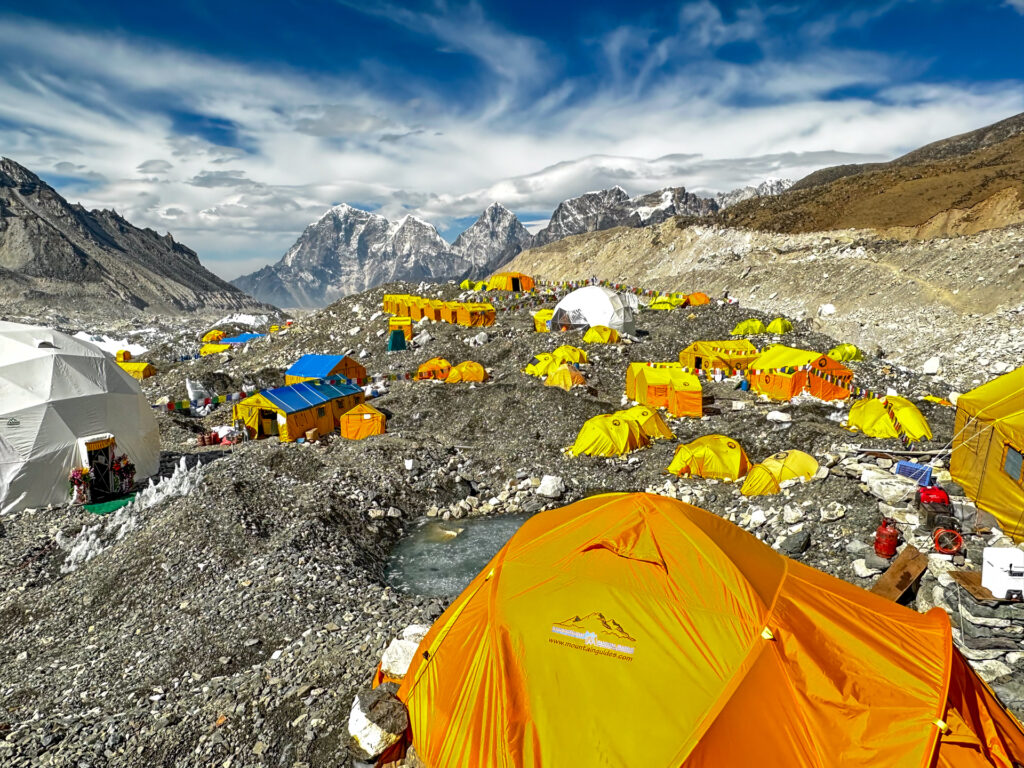



Everest Base Camp
April to June and October, November
Difficult - 4/5
Everest Base Camp
April-May AND October
** Guaranteed departure April 18th, 2026 **
The roof of the world… 🙏🙏
The trek to Everest Base Camp is one of the most iconic adventures for mountain and hiking enthusiasts. Located in the Khumbu region of Nepal, this mythical route attracts thousands of travelers every year, eager to get closer to the roof of the world, Everest, culminating at 8,848 meters above sea level. Although physically demanding, this trek is within the reach of passionate, well-prepared trekkers, and promises an immersive experience of Sherpa culture and breathtaking Himalayan scenery.
🌄 Our group leader Claude Wauthier, who has completed four treks to EBC, clarifies several misconceptions we hear about this legendary trek. Click here to read: Debunking myths about the Everest Base Camp trek!
The trek generally begins in Lukla, after a short flight from Kathmandu or Manthali. From the very first steps, trekkers are immersed in an awe-inspiring backdrop of snow-capped peaks, deep valleys and rhododendron forests. Along the way, picturesque villages such as Namche Bazaar, the gateway to Everest, offer a unique insight into the daily lives of the Sherpas, the legendary mountain guides.
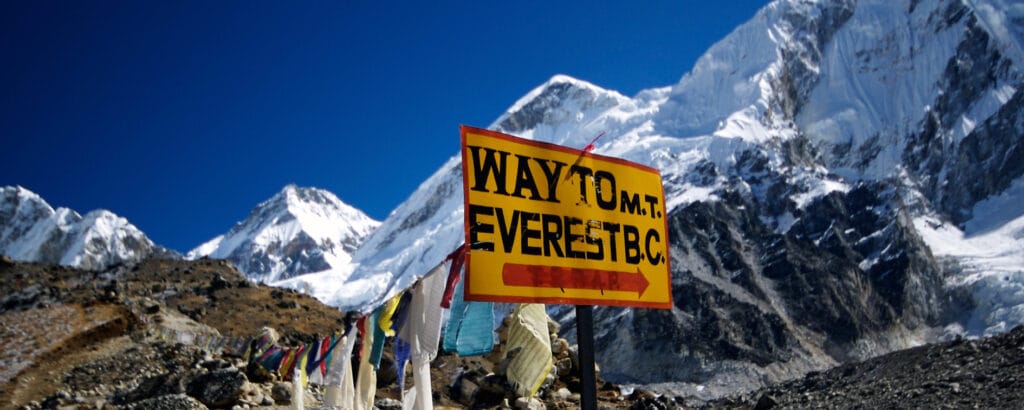
The trek to Everest Base Camp is also a spiritual journey. The many Buddhist monasteries along the way are a reminder of the sacred dimension of these mountains. Among them, the Tengboche monastery, perched at an altitude of 3,867 metres, is a place of meditation and recollection for hikers before continuing their ascent.
Reaching base camp, at an altitude of 5,364 metres, is a personal achievement for every trekker. The view of Everest and the surrounding peaks, such as Lhotse and Nuptse, is both awe-inspiring and moving. This trek is a unique adventure, a physical and mental challenge, but above all an opportunity to reconnect with nature and oneself in one of the most spectacular places on the planet.
The return journey via the Gokyo valley offers incredible scenery with its turquoise lakes, Nepal’s longest glacier and typical Sherpa villages. The optional ascent of Gokyo Ri offers impressive views of Mount Everest and other 8000m peaks at sunrise.
Comment from one of our customers:
“HELLO Jean Ricard. We’ve finished our trek. We’re in Lukla. I can’t believe it’s over already. It’s been great. Of course the altitude got to us, but all in all it went well. And what can I say about Dawa!!! (their Sherpa guide) OMG what a man. I just adore him. We laughed so much together. And the welcome at his place was really great. I managed to climb Kalha Patar and Gokyo Ri. We didn’t have much good visibility there, but just getting up there was an achievement for me. It was by far the best trip of my life, as much for the challenge as for the incredible beauty of the scenery and Dawa.”
** A few videos
2025-04: 15 minute video of our 2025 expedition. Thank you Claude Wauthier;
Short 4 minutes video of our 2023 expedition. Thanks Claude Wauthier;
Traditional Nepalese music: Resham Firiri is a very popular song in Nepal. See below.
Our guides



Suggested itinerary
This itinerary is designed to allow maximum acclimatization for all participants. The rest days, which include hikes at higher altitudes, maximize acclimatization. The “Climb high, sleep low” technique promotes better acclimatization.
Days 1, 2 and 3: Flights to Kathmandu, welcome in Kathmandu and transfer to hotel
Day 4: Day of sightseeing in Kathmandu.
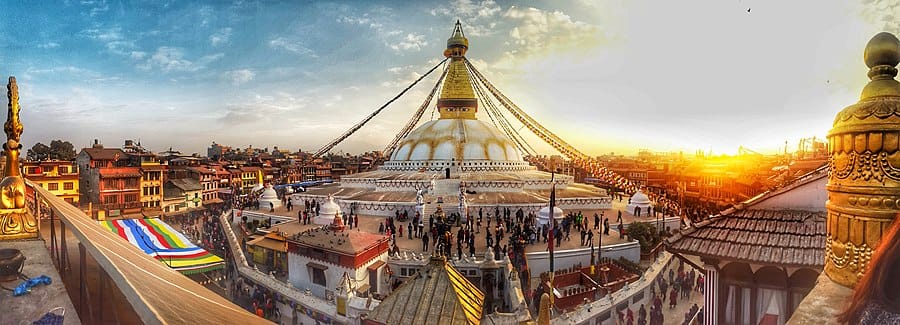
Day 5: Direction Lukla. After arrival and breakfast, trek to Phakding or Monjo, first night in a lodge at 2800m. And the flight to Lukla?
Day 6: Trek to Namche Bazar (3440m). You’ll feel the altitude. Above 3000m, most people feel the effects of oxygen deprivation.
Day 7: Acclimatize at Namche or choose to trek to Thame or the Everest View Hotel. A monastery or breathtaking views of the Himalayas?
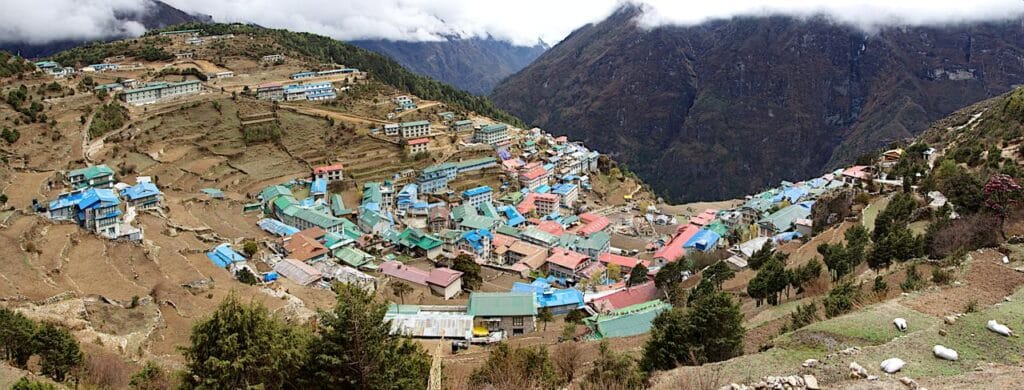
Day 8: Trek to Deboche (3750m) and visit the Tengboche monastery (3867m), the most important in the region. We may be able to attend afternoon prayers and, with a bit of luck, catch a glimpse of a sunset over Everest and Lhotse.
Day 9: Trek to Periche (4370m) and our 5-star lodge. A high-altitude medical clinic is available for those who wish to consult.
Day 10: Day of rest and acclimatization in Periche. Possibility of a short hike to Dingboche. We will also have the opportunity to attend a presentation on AMS (Acute Mountain Sickness).

Day 11: A memorable day of trekking to Lobuche (4910m), visiting the monuments to the memory of deceased climbers. Among them, Ottawan and University of Ottawa professor Sean Egan, who died in 2005.
Day 12: We follow the Khumbu glacier to Gorak Shep (5140m). After a 3-hour walk, we rest and climb Kala Pattar (5600m) at the end of the day for a breathtaking view of Everest, Lhotse (8516m) and Nuptse (7864m), the Khumbu Icefall (site of the 2014 accident that killed 16 sherpas) and base camp.
Day 13: Today is the last stage before reaching Everest Base Camp. A 3-hour walk along the Khumbu glacier to base camp. We arrive in time for the lunch prepared for us by our hosts. In the afternoon, we settle into our tents and enjoy a guided tour of the camp.
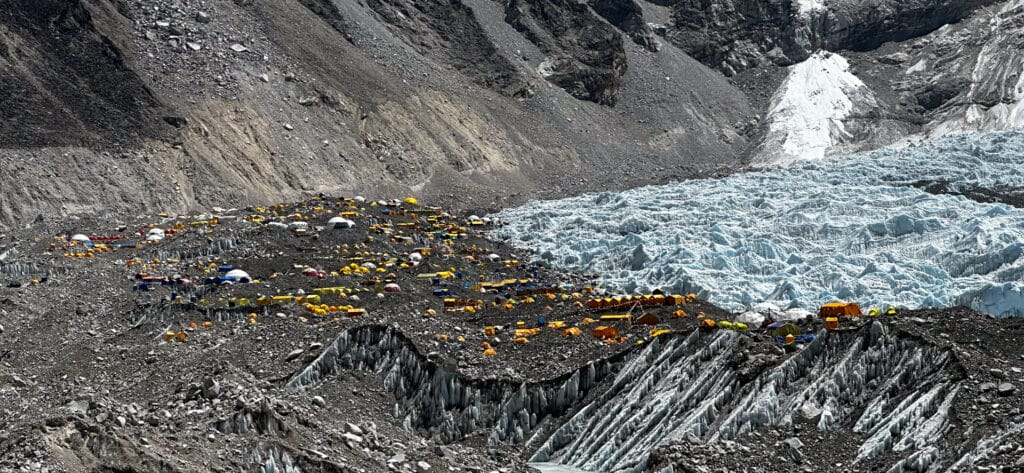
Day 14: In the morning, we take time to explore the surroundings of this multinational village in the shadow of Everest. A visit to the foot of the icefall is a must. And who knows, maybe we’ll meet some of our fellow citizens who’ve come to try their luck. We then greet our climbing friends and wish them every success. We return to Gorak Shep for a short break and then continue on our way to Lobuche (4910m), where we spend the night.
Day 15: Lobuche to Dzongla (4830m): We take the same route, but in reverse.
We turn right to head for Dzongla. We’ll have a chance to rest in the afternoon, view the surrounding peaks and wash up.
Day 16: Crossing the Cho Pass (Cho La) at 5420m: This will be one of the most demanding days of the trek. From Dzongla, we climb to the glacier that covers the CHO (Cho La) pass at an altitude of 5420m. After a long descent, we reach the village of Thagnak (4,700m) for the night and a well-deserved rest.
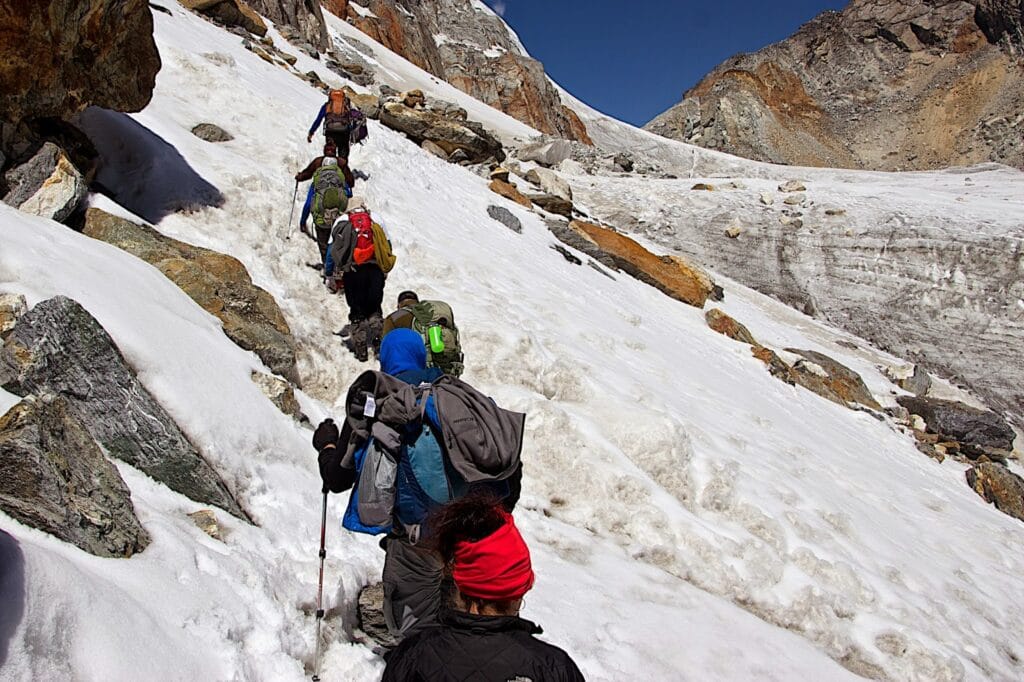
Day 17: From Thagnak (4700m), we cross the Ngozumpa glacier, the longest in the Himalayas and fed by Cho Oyu, the 6th largest mountain on the planet. On the other side of the glacier, and following the ascent (and descent) of the moraine, we reach the village of Gokyo (4750m) with its turquoise lake surrounded by peaks over 5000m high. In the afternoon, we can explore the surrounding area or relax at the lodge.
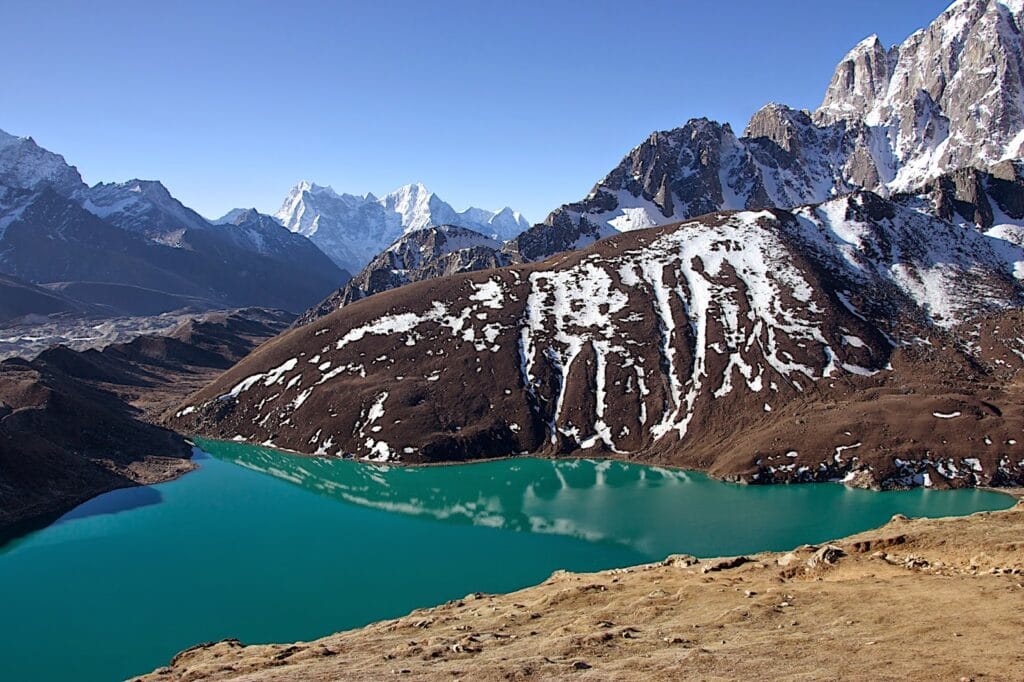
Day 18: We set off early at night to watch the sunrise behind Everest. The climb is well worth the effort, as the view of Everest, Lhotse and several other peaks 8000m and higher is impressive. Our Sherpa guides say their little prayers and we head back to Gokyo for breakfast, then on to Dole for more oxygen (4038 m).
Day 19: Today we visit a typical Sherpa village, Phortse (3810m). This village is not on the normal route and is therefore still authentic. It’s also the village of several Sherpa mountain guides, including Danuru Sherpa (11-time Everest climber), who will be our guide as we visit his native village.
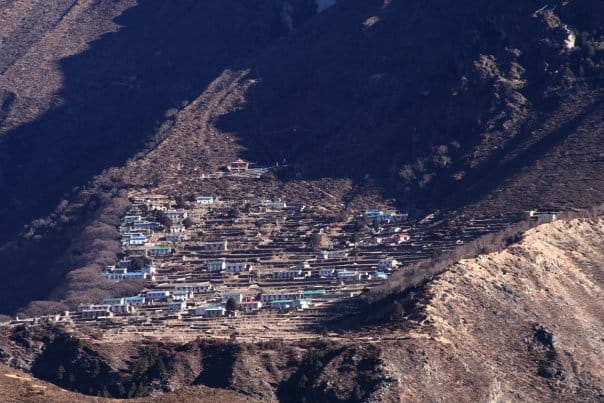
Day 20: Back to Namche Bazar (3440m) at the Khumbu Lodge for good food and a few beers. Here, our bodies can replenish themselves with oxygen molecules, much more present than at higher altitudes.
Day 21: From Namche Bazar to Lukla, quite a long day, but more and more oxygen and the return home approaches.
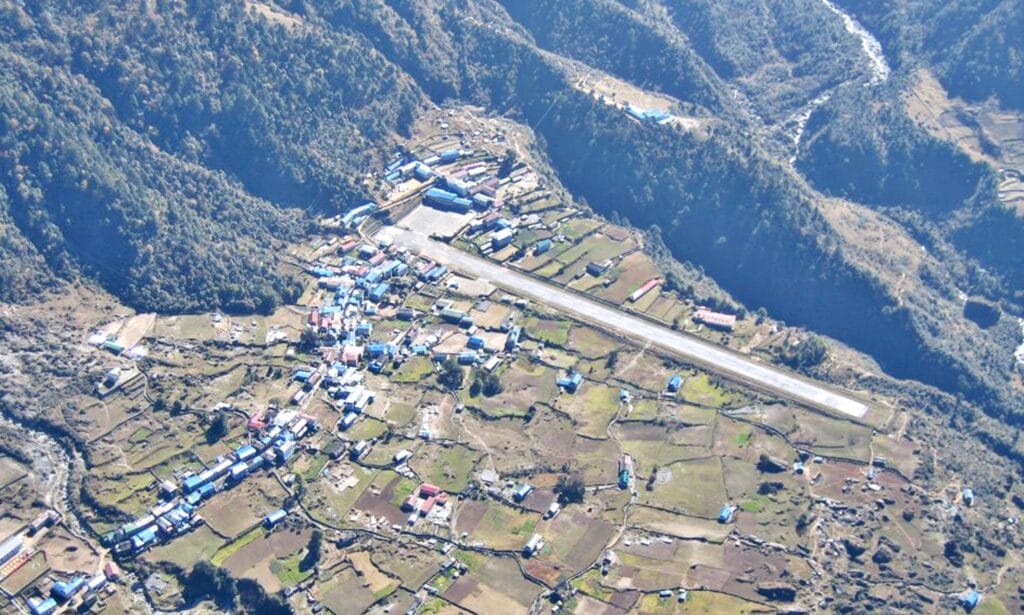
Day 22: Flight to Kathmandu (1300m), end of day free. We stay at the Yak & Yeti, a typically Nepalese hotel with a peaceful, well-appointed backyard, including a swimming pool.
Day 23: Full day of sightseeing in Kathmandu: City tour including the site of Pashupati (the god Shiva) and Bhaktapur, a former royal city now a UNESCO World Heritage Site. In the evening, departure dinner with live entertainment in a typical Nepalese restaurant.
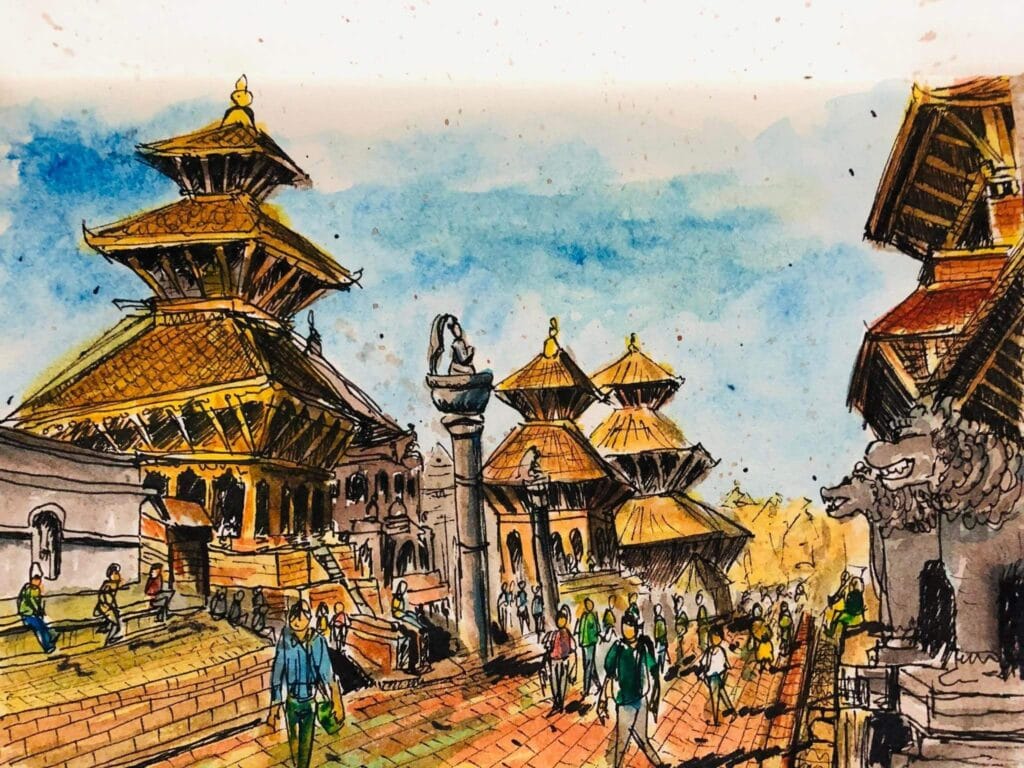
Day 24: Transfer to international airport and flights back home.
Day 25: Arrival in Canada.
Price list: Contact us
* Optional in spring: A night in a tent at Everest base camp at 5400m, visiting the various facilities and some of the expeditions.
Inclusions
- Pre-departure assistance: training, equipment and altitude
- All trekking meals and breakfasts in KTM
- Double-occupancy accommodation in KTM (4*) and on treks (lodges/tea houses)
- Internal return flights to Lukla
- Trekking permits and fees
- Sherpas and porters
- Oxygen throughout the trek
- All airport transfers
Exclusions
- International flights (≈$2,500)
- Nepal entry visa (US$50)
- Airport taxes
- Travel/evacuation insurance
- Tips and personal expenses (drinks and meals in KTM)
Thanks to our privileged relationship with our Nepalese friends, we offer benefits not necessarily available with others:
- Supplemental oxygen on the trek;
- Overnight accommodation at Everest Base Camp and guided tour of the International Village;
- Pre-departure support services, equipment, training, etc.
We’ve been organizing and accompanying expeditions to Everest Base Camp since 2011. Obviously, we weren’t able to make it during the pandemic, but we’ve resumed our expeditions since 2022.
See some of our previous expeditions below:
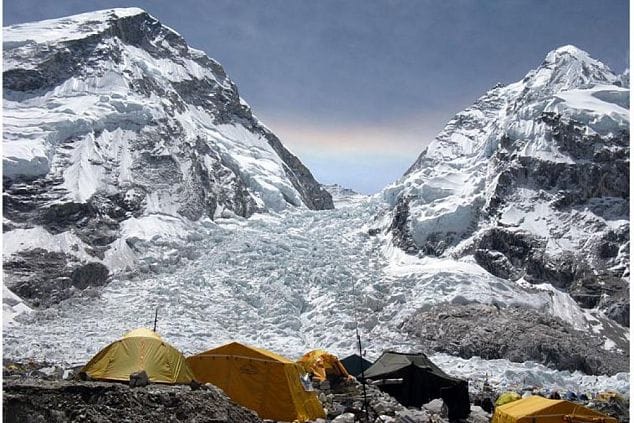
Everest Base Camp Expedition – Spring 2024 Coming soon… Expedition to Everest Base Camp – spring 2023 Great expedition with…

We’ve been organizing and accompanying expeditions to Everest Base Camp since 2011. Obviously, we weren’t able to make it during…
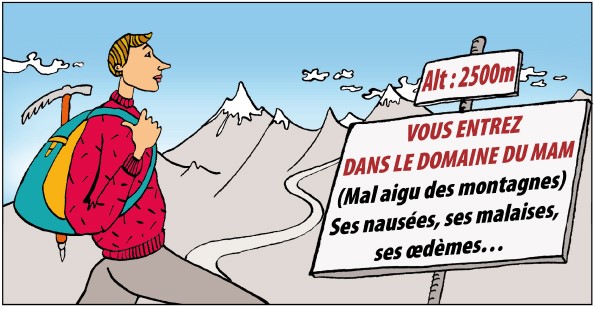
There are many sources of information on acute mountain sickness (AMS). We have compiled some of this information for you…

Our guide Claude Wauthier, who has led several trekking expeditions to EBC, clarifies some of the misconceptions we hear about…
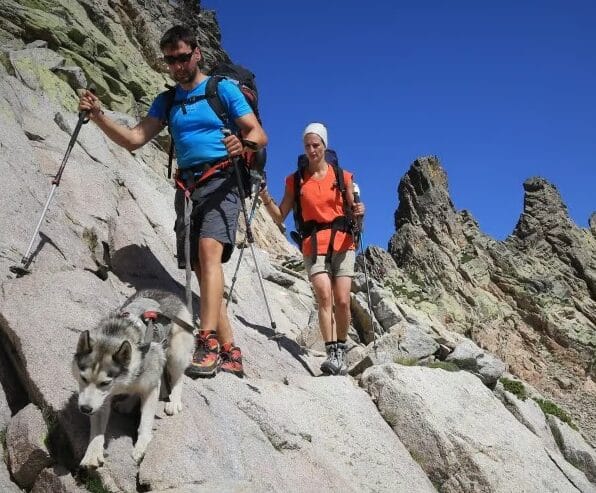
In a group with a guide or on your own? Itinerant or star circuit? Fitness level and difficulty? Here’s all…
Everest Base Camp
Would you like to make a reservation? Do you have any questions? Don't hesitate to contact us!
Stay informed about our upcoming adventures
Subscribe to our newsletter to receive information on our adventure trips and activities, as well as tips on how to make the best travel choices.

